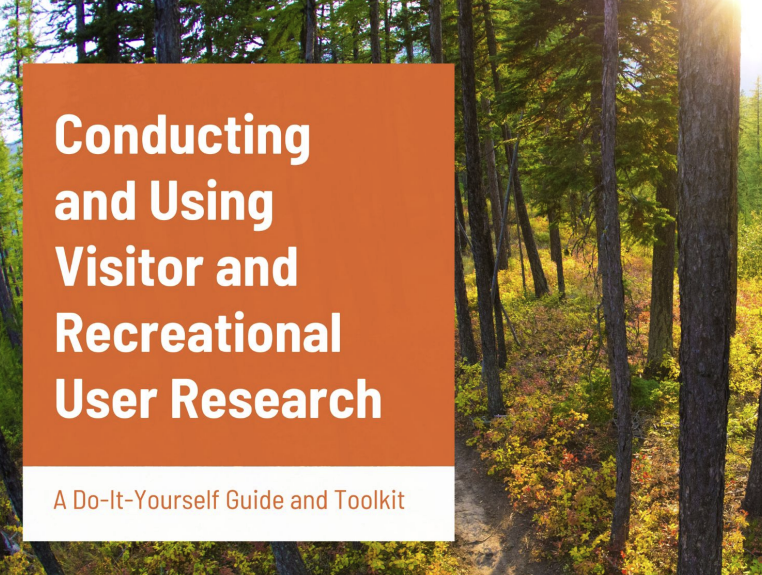Toolkit: Conducting and Using Visitor and Recreational User Research
Toolkit: Conducting and Using Visitor and Recreational User Research

What is this and how can we use it?
If you don’t currently have the resources to hire a consultant to lead research related to visitors and recreational users, this toolkit can help you learn how to collect and analyze your own data. Download the toolkit to discover how understanding visitors and users can help your organization to better plan, educate, promote, manage, and advocate for your trails. After you’ve taken a gander, if you have questions or want some tips for best practices, reach out to an IMBA pro who can help.
With significant volunteer support, and sometimes one or two paid staffers, IMBA local member organizations and other outdoor recreation and trails organizations often steward many miles of trails, parks, and even recreation areas, managing all the stages of the trail development process alone and with local land management partners. You are small and mighty, and awesome resources and support can help you succeed.
What else should we know?
Having a solid understanding of your organization’s strategic plan is almost essential to planning a data strategy like conducting and using recreational user research. You should be prepared to think about your vision, mission, goals and objectives as you start this process. What do you want to know about your visitors and recreational users? Why do you want to know it? How can you leverage this information to make an argument for funding for your work? Understanding user conflicts? Managing existing trails or planning new ones?
Every Year, IMBA provides an opportunity to two IMBA Local Member Organizations to win an assistance grant package that includes trail counting hardware and software, and expert mentorship to support effective recreational user research. Learn more about how to become an IMBA Local Member Organization and the Trails Count assistance grant program.

